What is SIEM and Why Your Business Needs It?
Today more than ever, more and more companies and public offices require powerful security measures to effectively counter the numerous cyber...
6 min read
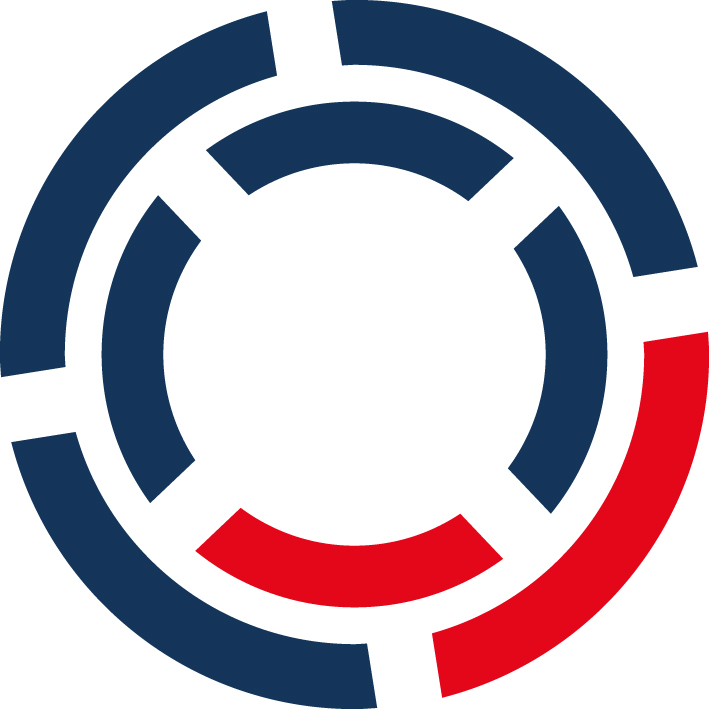 DriveLock
Jul 18, 2024 1:57:07 PM
DriveLock
Jul 18, 2024 1:57:07 PM
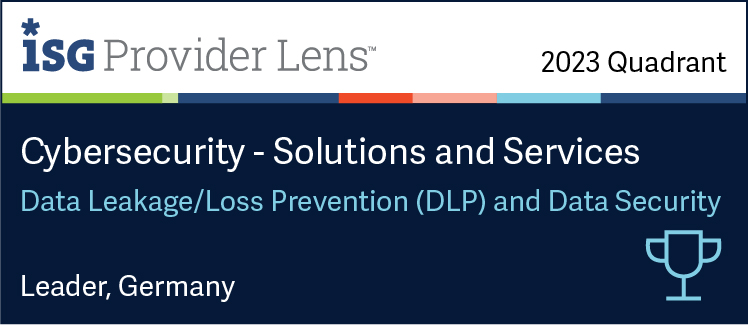
The digital landscape is rapidly evolving, and with it, the threats that companies face daily. Data leaks and losses can have serious consequences for any company, from financial losses to the loss of customer trust. In this context, Data Leakage/Loss Prevention (DLP) plays a crucial role. DriveLock, as one of leading providers in this field, was recognized as a Leader in the ISG Provider Lens™Cyber Security – Solutions & Services 2024 report. This blog post provides insights into the importance of DLP in the digital age and highlights what makes DriveLock a market leader.
In a world where data is considered the new oil, protecting this data is invaluable. Companies face the challenge of protecting their sensitive information from unauthorized access and loss. DLP technologies offer solutions that not only monitor data traffic but also enable preventive measures to prevent data leaks and losses. The increasing number of cyberattacks and growing regulation regarding data protection heighten the need for effective DLP measures.
Today's landscape for security solutions is indeed complex, shaped by a variety of factors including the rapid evolution of technology, the increasing sophistication of cyber threats, regulatory requirements, and the expanding attack surface due to the proliferation of connected devices.
The complexity of today's security landscape requires a multi-faceted approach, leveraging advanced technologies, skilled professionals, and comprehensive frameworks to protect against a broad spectrum of threats.
IT departments face significant challenges stemming from budget constraints, time limitations, and scarce resources. These factors collectively shape the effectiveness and implementation of complex security solutions, often forcing organizations to make difficult trade-offs that can leave them vulnerable to sophisticated cyber threats.
DriveLock was recognized as one of the leading providers in the field of DLP and data security due to its comprehensive portfolio and strong market presence. ISG's recognition underscores DriveLock's innovation and ability to deliver high-quality solutions that meet today's complex security requirements. DriveLock's approach combines advanced technologies with deep expertise, making the company a reliable partner for businesses worldwide.
DriveLock's success is based on two pillars: innovation and trustworthiness. Through continuous research and development, the company regularly brings new, advanced solutions to the market that are tailored to the changing needs of customers. This innovative strength, combined with a strong focus on reliability and customer satisfaction, has made DriveLock a leading name in the IT security industry.
Modern businesses face the challenge of protecting their data without compromising operational efficiency. DriveLock's DLP solutions offer the flexibility and scalability that companies need to effectively protect sensitive information across various platforms and endpoints. By preventing data leaks and losses, DriveLock helps companies meet their compliance requirements and maintain their customers' trust.
DriveLock's comprehensive range of security solutions enables IT decision-makers to optimize their security strategies and ensure the protection of critical corporate data. With DriveLock, companies can implement a zero-trust architecture that strictly controls access to networks and data to minimize security risks.
Europe has seen a notable increase in interest in DLP solutions in recent years. This is due to various factors impacting data security within companies. Data and Intellectual Property have become critical, often vital, assets for businesses. DriveLock fosters trust with its Made in Germany assurance and No Backdoor guarantee, providing efficient support to clients in adhering to regulations.
DriveLock instills confidence in its users. With its no-backdoor promise, which means no secret access circumvents standard protections, it meets the requirements of numerous user companies. The "Made in Germany" label sets DriveLock apart from mostly international, particularly US-based, competitors. Hosting data centers in Germany also boosts customer trust.
As a European provider, DriveLock is trusted in high-security environments. DriveLock's solutions, Device Control and Application Control, are certified according to Common Criteria EAL3+: This internationally recognized certification attests to the high reliability and security standard of the DriveLock Agent. Development, support and operations of DriveLock’s on-premises and cloud-based Endpoint & Data Protection platform are certified in accordance with ISO/IEC27001:2022.
In light of the constantly evolving cyber threats, the importance of DLP solutions will continue to grow. DriveLock is excellently positioned to offer its customers advanced and reliable security solutions in the future as well. With a strong focus on innovation and a deep understanding of customers' needs, DriveLock will continue to play a leading role in the IT security industry.
Get a comprehensive overview of the leading provider in the Data Leakage/Loss Prevention quadrant. With limited resources, this is a chance to find a DLP provider for your needs! Download the report by clicking below:
DriveLock continues on its path of innovation and commitment to the highest security standards. Being recognised as one of the Leaders in the ISG Provider Lens™ Cyber Security - Solutions & Services 2024 Report is a testament to the quality and effectiveness of DriveLock solutions. Companies looking to optimise their IT security strategy will find DriveLock a trustworthy partner to accompany them on the path to a secure digital future.
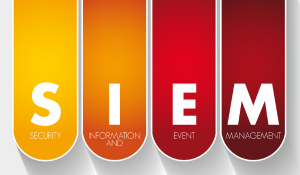
Today more than ever, more and more companies and public offices require powerful security measures to effectively counter the numerous cyber...
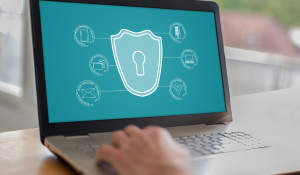
While data encryption forms a fundamental layer of protection, ensuring only trusted applications can access and process encrypted data is equally...
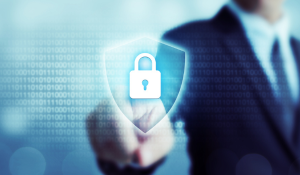
In today's rapidly evolving digital landscape, endpoint security stands as the frontline defense against a myriad of cyber threats. As organizations...